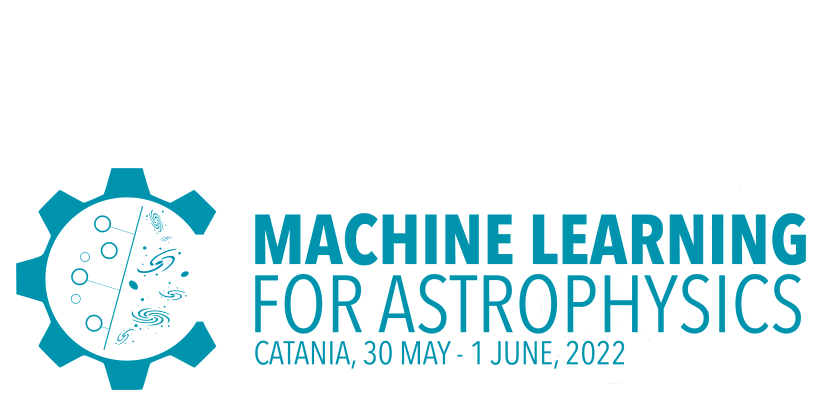Speaker
Description
Strong lensing analyses and photometric redshifts are both integral for cosmological studies with the Rubin Observatory Legacy Survey of Space and Time (LSST). With convolutional neural networks, we can obtain for both significant gain in the performance and speed. In my talk, I will present the new achievements of the HOLISMOKES collaboration in modeling galaxy-scale lenses using a residual neural network that was trained, validated and tested on very realistic mocks. This network enables us to predict the mass model parameters values with uncertainties, allowing us to analyze the huge amount of lenses soon to be discovered by LSST and predicting in advance the next appearing image and corresponding time delays in case of a lensed transient such as a supernova. I will further present our dedicated model comparison of 32 real lenses, once obtained with the network and once with traditional techniques, for which we developed an automation procedure to minimize the user input time drastically. Furthermore, I will briefly highlight our newly developed method NetZ to predict the photo-z based only on the pure galaxy images. Both networks are able to estimate the parameter values in fractions of a second on a single CPU while the lens modeling with non-automated traditional techniques takes typically weeks to month. With both networks and also our automated traditional pipeline, we are ready to process the huge amount of images obtained with LSST in the near future.
| Main Topic | Classification and regression |
|---|---|
| Secondary Topic | Deep learning |
| Participation mode | In person |

